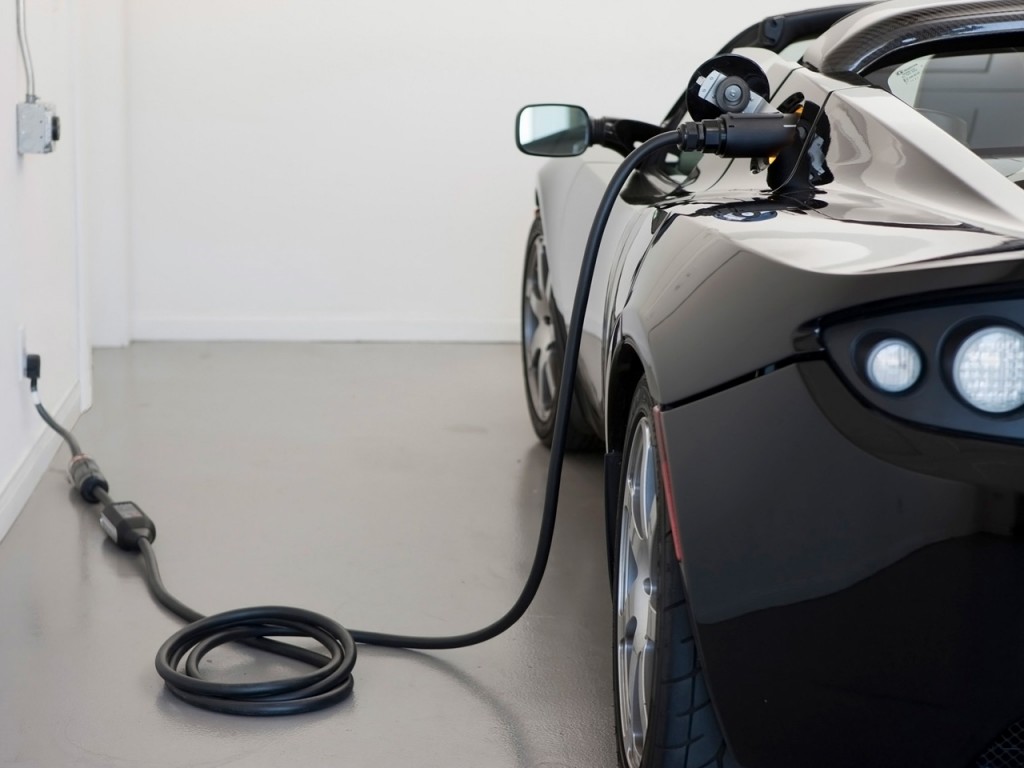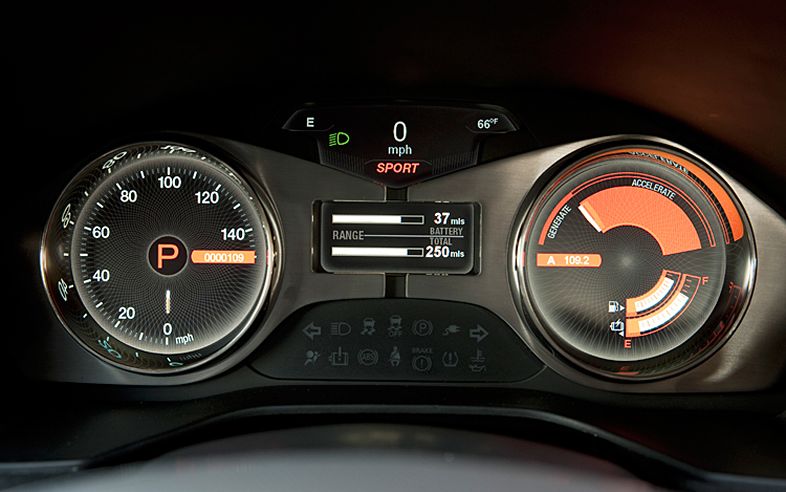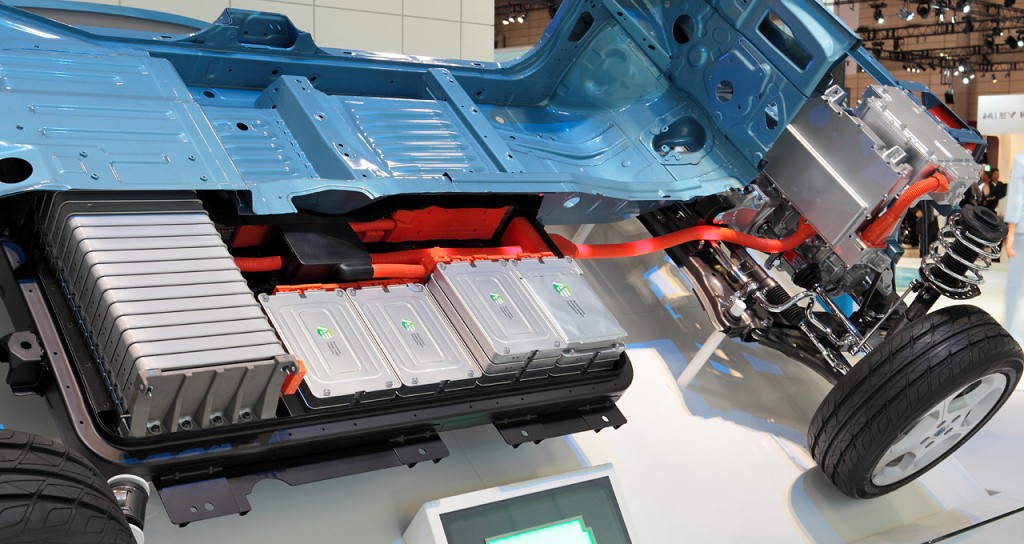Recently during a business dinner, a friend of one of my clients was gloating to us about the Tesla Roadster he had just received delivery of. While he was going into detail and describing the color, the options, the driving impressions, and other standard features that car enthusiasts like to discuss, he made a lot of passive aggressive comments about the fact that the car is electric. In addition, the impact he was making by purchasing the Tesla over a 911 or an Aston Martin. He was clearly asking for that praise and a pat on the back because he felt was making a difference and helping the environment with his purchase.
There are a number of factors that make his attitude unjustified, but we are going to ignore the damages from harvesting the lithium for the batteries, their future disposal, and manufacturing place upon the environment, to focus on a misleading statistic that everyone can understand: MPG.
The number of miles a vehicle can travel on a gallon of fuel has been the standard for reporting the fuel efficiency of a vehicle for quite some time. The introduction of all-electric vehicles did not really pose a threat to this measurement because it requires the burning of fossil fuels to generate electricity for the car. An MPG equivalent (MPGe) can be calculated by electric cars for evaluating just how much fossil fuel they can save compared to a gasoline-powered car.
The Environmental Protection Agency (EPA) created a simple conversion factor by dividing the potential energy in one gallon of gasoline (115,000 BTUs) by the energy in a Kilowatt Hour (KwH) of electricity (3412 BTUs) to get a conversion factor of 33.7 gallons per KwH. They convert the miles per KwH of an electric vehicle to MPGe to determine the supposed “fuel economy” of the electric car. Unfortunately, the conversion used by the EPA is far too simplified, and gives electric cars an extremely unfair advantage.
The heat created by a fuel’s combustion is what is used to create energy from fossil fuels. The problem is, to convert that to usable power, some mechanical work needs to be done, such as spinning the driveline of a car or a generator in a power plant. When calculating MPG in a fuel-powered car, that mechanical work is already accounted for in the conversion. When calculating MPGe, the EPA left out the energy loss in this step completely, even though it has to take place to create the electricity used to drive the car.
During the Clinton Administration, the Department of Energy (DOE) established the “well to wheels” standard for calculating how much of the potential energy of fossil fuels converts to energy. Apparently, the EPA has never heard of this calculation, but it is actually far more accurate than what is being used currently. If you want to read how the DOE carried out their math, you can read about it here. In short, the EPA’s conversion of 33.7mpg/KwH must be multiplied by 36.5% to achieve a fair comparison figure!
Now where does that hold some of the current electric cars on the market? The Fisker Karma goes from 52MPGe (in all-electric mode) to just 19, the Tesla Roadster drops from 119 to 43, and the Nissan Leaf drops from 99 to 36. I’ll admit that the Tesla and the Leaf still put up relatively impressive figures after the conversion, but their currently published figures are wildly misleading to the general public. Makes us wonder if the EPA has a hidden agenda in their push for all-electric automobiles. What do you think? Is the EPA trying to push electric vehicles on the market too soon, or are they justified in their calculations?



